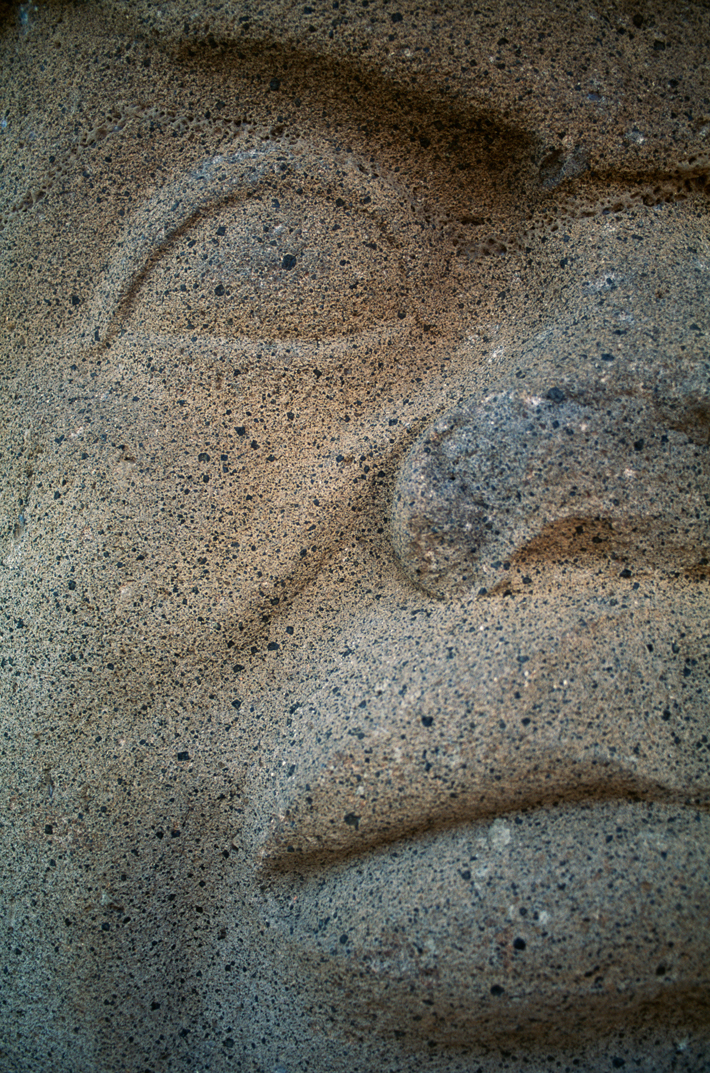Anthropology
Related: About this forumGermany Repatriates Olmec Artifacts to Mexico
Wednesday, March 21, 2018
MUNICH, GERMANY—According to a Deutsche Welle report, German officials handed over two 3,000-year-old Olmec busts to Mexico in a ceremony held earlier this week. German authorities seized the two wooden sculptures, and about 1,000 other artifacts, from an antiquities dealer in 2008. The sculptures were then stored in the Bavarian State Archaeological Collection. The repatriated sculptures are thought to have been looted in the 1980s from El Manati, an archaeological site in eastern Mexico, where they are believed to have been buried along with 13 other artifacts that were excavated from the site by archaeologists. These items included axes and stone knives. “The recovery is very significant, since Olmec culture represents one of the first civilizations in ancient Mexico and only 13 pieces exist with the same characteristics,” said Maria Villarreal of Mexico’s National Institute of History and Anthropology. The Olmec busts will eventually be exhibited in Mexico’s National Museum of Anthropology. To read in-depth about the Olmec, go to “Kings of Cooperation.”
https://www.archaeology.org/news/6456-180321-germany-mexico-repatriation
~ ~ ~ ~ ~
The Olmec city of Tres Zapotes may have owed its longevity to a new form of government
By LIZZIE WADE
Monday, March 13, 2017

On a sweltering day in 1862 at the foot of the Tuxtla Mountains in the Mexican state of Veracruz, a farmworker was clearing a cornfield when he hit something hard and smooth lodged in the earth. He thought it was the rounded base of an iron cauldron buried upside down, and, it being the 1860s, he reported the find to the owner of the hacienda where he worked. The farmworker’s boss told him to dig up the cauldron immediately and bring it to him. As the farmworker labored to uncover the object, he realized he had found not a large iron bowl, but a gargantuan stone sculpture with a pair of glaring eyes, a broad nose, and a downturned mouth. What had appeared to be the base of a cauldron was actually the top of a helmet worn by the glowering figure. What the farmworker had unearthed was a colossal Olmec head, one of the first clues to the existence of that ancient culture.
Over the next century and a half, archaeologists would uncover many more of these heads along the Mexican Gulf Coast and discover the ancient cities where they were carved. The site of that first fateful discovery became known as Tres Zapotes, after a type of fruit tree common in the area. Along with the sites of San Lorenzo and La Venta, Tres Zapotes was one of the great capitals of the Olmec culture, which emerged by 1200 B.C. as one of the first societies in Mesoamerica organized into a complex social and political hierarchy.
The key to the Olmecs’ rise appears to have been a strong, centralized monarchy. The colossal heads, each one depicting a particular individual, are likely portraits of the Olmec kings who ruled from ornate palaces at San Lorenzo and La Venta. Even though Tres Zapotes yielded the earliest evidence for Olmec kingship, 20 years of survey and excavations there suggest that, at its height, the city adopted a very different form of government, one in which power was shared among multiple factions. Further, while other Olmec capitals lasted between 300 and 500 years, Tres Zapotes managed to survive for nearly two millennia. The city, therefore, may have weathered intense cultural and political shifts not by doubling down on traditional Olmec monarchy, but by distributing power among several groups that learned to work together. According to University of Kentucky archaeologist Christopher Pool, who has spent his career excavating the city, that cooperative rule may have helped Tres Zapotes endure for centuries after the rest of Olmec society collapsed.
When Pool arrived at Tres Zapotes in 1996, he was the first archaeologist in over 40 years to take a serious interest in the site. Tres Zapotes had been recognized as an important Olmec center since shortly after the discovery of the colossal head, and in the decades to follow it had yielded a plethora of intricate figurines and stone monuments, including another colossal head. But important details of the site’s history remained unknown, including its size and how long it had been occupied. Pool set out to map the full extent of the ancient city, survey the ceramics he found scattered across the ground, and excavate the most compelling areas.
When Pool arrived at Tres Zapotes in 1996, he was the first archaeologist in over 40 years to take a serious interest in the site. Tres Zapotes had been recognized as an important Olmec center since shortly after the discovery of the colossal head, and in the decades to follow it had yielded a plethora of intricate figurines and stone monuments, including another colossal head. But important details of the site’s history remained unknown, including its size and how long it had been occupied. Pool set out to map the full extent of the ancient city, survey the ceramics he found scattered across the ground, and excavate the most compelling areas.
More:
https://www.archaeology.org/issues/249-1703/features/5300-olmec-tres-zapotes-government